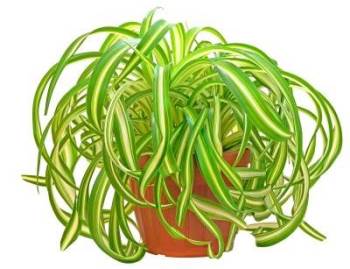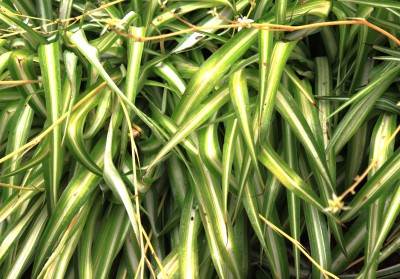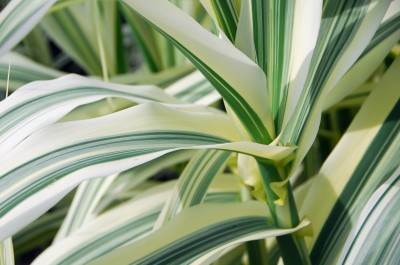






Minimal care: This plant can survive with minimal care/attention and can manage low temperatures. However, they will start to look very unattractive and create mess (leaves falling and browning) without enough water and light or too much of either. When they're taken care of properly they look great.
How they look: As mentioned above if they are neglected they will look shabby and unattractive. When cared for the leaves grow upwards and arch out. The C.C. vittatum type (most popular) has green leaves with a white stripe in the center, and the C.C. variegatum has darker green leaves with white stripes on the edges of the leaf, mainly.
Flowering: Small white star shaped flowers appear in loose clusters on the stems up-to 6ft long (max). Alongside flowers blooming small plant-lets grow, that can be detached and re-potted to produce more spider plants.
Where they grow best: Because the leaves and especially the stems grow quite long, the spider plant is best to be placed in a hanging type basket, corner type shelf or table that allows the leaves and stems to grow freely. When they are young and small they are fine anywhere, that's away from direct sunlight.
Air pollution: These have been tested and said to reduce air pollution significantly.
Chlorophytum Comosum Vittatum type (most common)

Chlorophytum Comosum Variegatum Type

Overall these plants are easy enough for anyone to take care of. The more care given the better they look, though!
Copyright © www.100flowers.win Botanic Garden All Rights Reserved